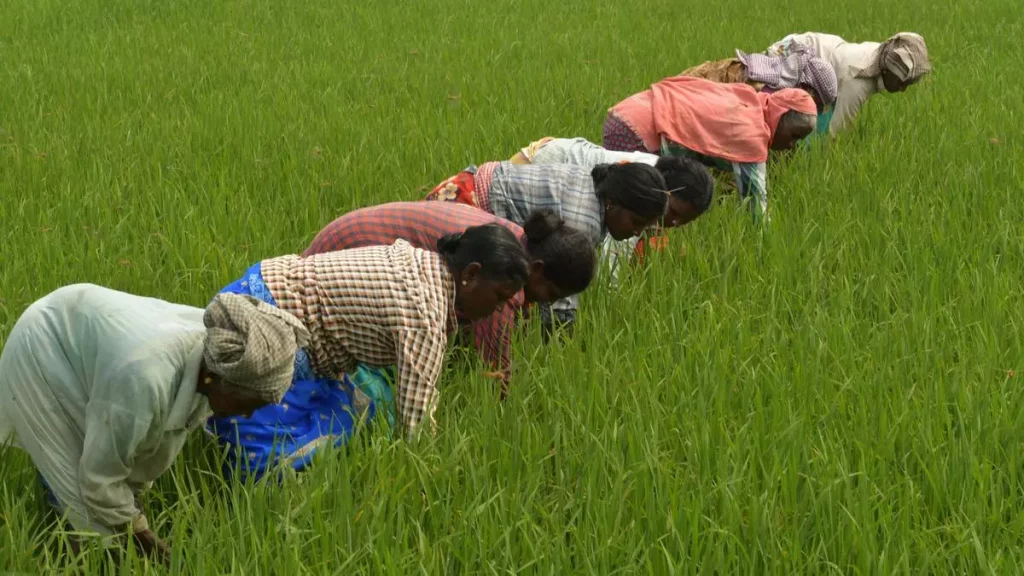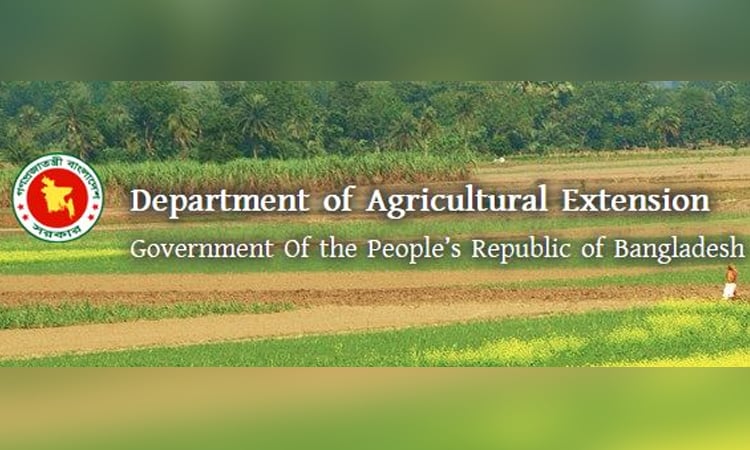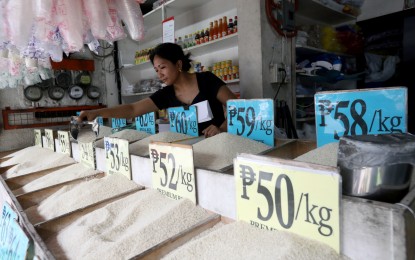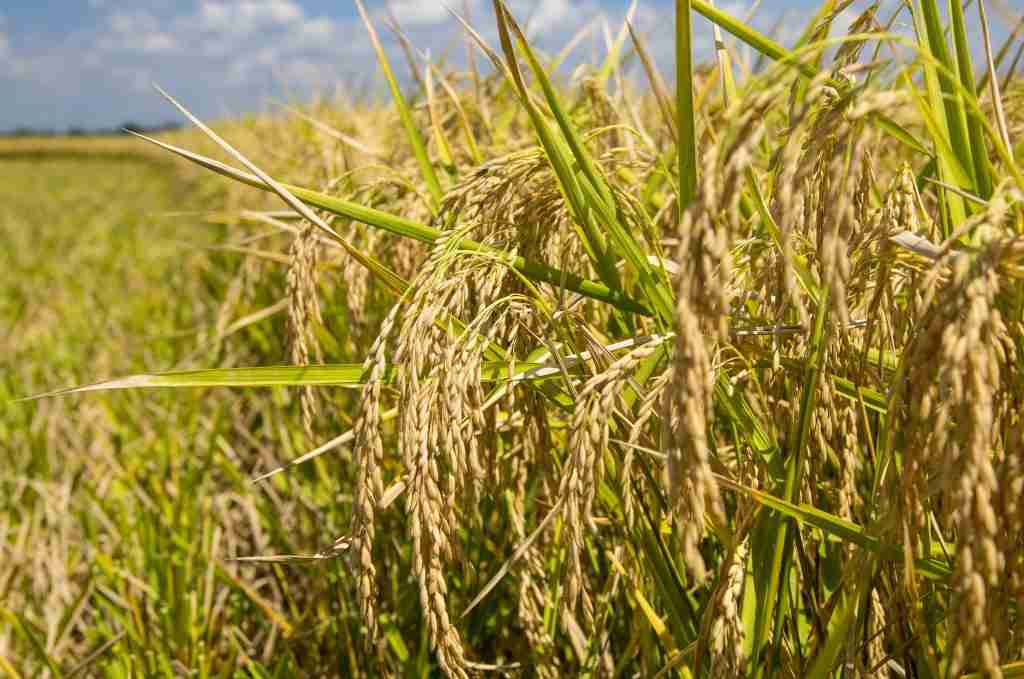Tags
Can special agriculture economic zones unlock a stronger agro-economy?
The zones can be seen as a low-hanging fruit with clear benefits for farmers too
BY KM JAYAHARI

Recent regulations such as the EU’s Directive on Corporate Sustainability Due Diligence (CSDD) require companies to identify and disclose their emissions sources and engage more directly with farmers to improve the traceability of commodities in their supply chains. The global increase in mandatory climate and nature frameworks demanding greater levels of supply chain transparency, reporting and disclosure will no doubt have an impact on India’s agricultural landscape.
For decades now India’s forests have not suffered at the cost of agricultural expansion; on the contrary, agricultural areas are shrinking and forest cover is increasing, albeit without direct linkage. This suggests that India is well-placed to export commodities to markets that have clear policies on issues such as deforestation.
For better climate adatation
To leverage this opportunity, business firms exporting agriculture commodities from India must invest in strengthening the infrastructure to enable better source tracing of their products and supporting sustainable and inclusive production. An analysis carried out by the Food and Land Use Coalition identifies six major land-based interventions that would result in better climate adaptation, and an increase in farmers’ benefits in which the private sector should invest as part of making their sourcing more sustainable. These interventions bear both mitigation and adaptation benefits. This shift in the business strategies will be certainly rewarding for their bottom line and so should be part of their normal business expansion plans.
Further, India aims to hit agriculture commodity exports to $100 billion by 2030. This ambition is set when there is already a slight reduction in the growth rate of agri-exports in FY 2023-24, mainly due to the continuous ban on rice and wheat exports. This illustrates the fact that Indian export policies are still oriented around managing food-linked inflation rather than increasing the export revenue or ensuring that farmers are benefiting from the international market trends. This makes India an unreliable food supplier to the international market.
In this context, can Special Agricultural Economic Zones (SAEZ) become one of the solutions? Affordable investment in technology creation, implementing infrastructure solutions for documenting the sourcing, and financial solutions that make production more remunerative for the farmers, will ultimately provide a win-win situation for all stakeholders. Compared to managing the agricultural export policy environment which is one of the hurdles in the private sector investing in ESG frameworks, SAEZs can be seen as a low-hanging fruit with clear benefits for the farmers too.
Look at PMKSY
These zones can be exclusive areas where the private sector can invest towards sustainable and regenerative agricultural production, targeting the international market, with a policy assurance to exclude the production in these areas from any export-related prohibitory mechanisms by the government. Many of the 112 aspirational districts would qualify for such SAEZs – where the newly revived agricultural economy can help to improve livelihoods, reduce migration, and support the overall sustainable development of the area. With an intent to optimise existing schemes towards the success of novel initiatives, one can look at the Pradhan Mantri Kisan Sampada Yojana (PMKSY). This umbrella scheme encompasses various facets of food production and processing, including creation of forward and backward linkages, and food safety and quality, that may be integrated with SAEZs operational policies. Another approach can be to consider the existing 60 Agri Export Zones under APEDA, which currently cover 40 agri commodities. For the willing, experiences lie across international borders that may be borrowed – in countries like Malaysia similar special zones are being promoted under the National Agrofood Policy.
While operationalising SAEZs requires formalising special norms and regulations with a focus on exemptions from taxes and export related regulatory mechanisms, most importantly, it will provide the stability that India needs to be seen as a reliable exporter internationally. At the same time, they can contribute to the Indian government’s long-standing ambition to ‘double farmers’ income’
The author is Food and Land Use Coalition India Country Coordinator
https://www.thehindubusinessline.com/economy/agri-business/can-special-agriculture-economic-zones-unlock-a-stronger-agro-economy/article68167289.ecePublished Date: May 13, 2024






